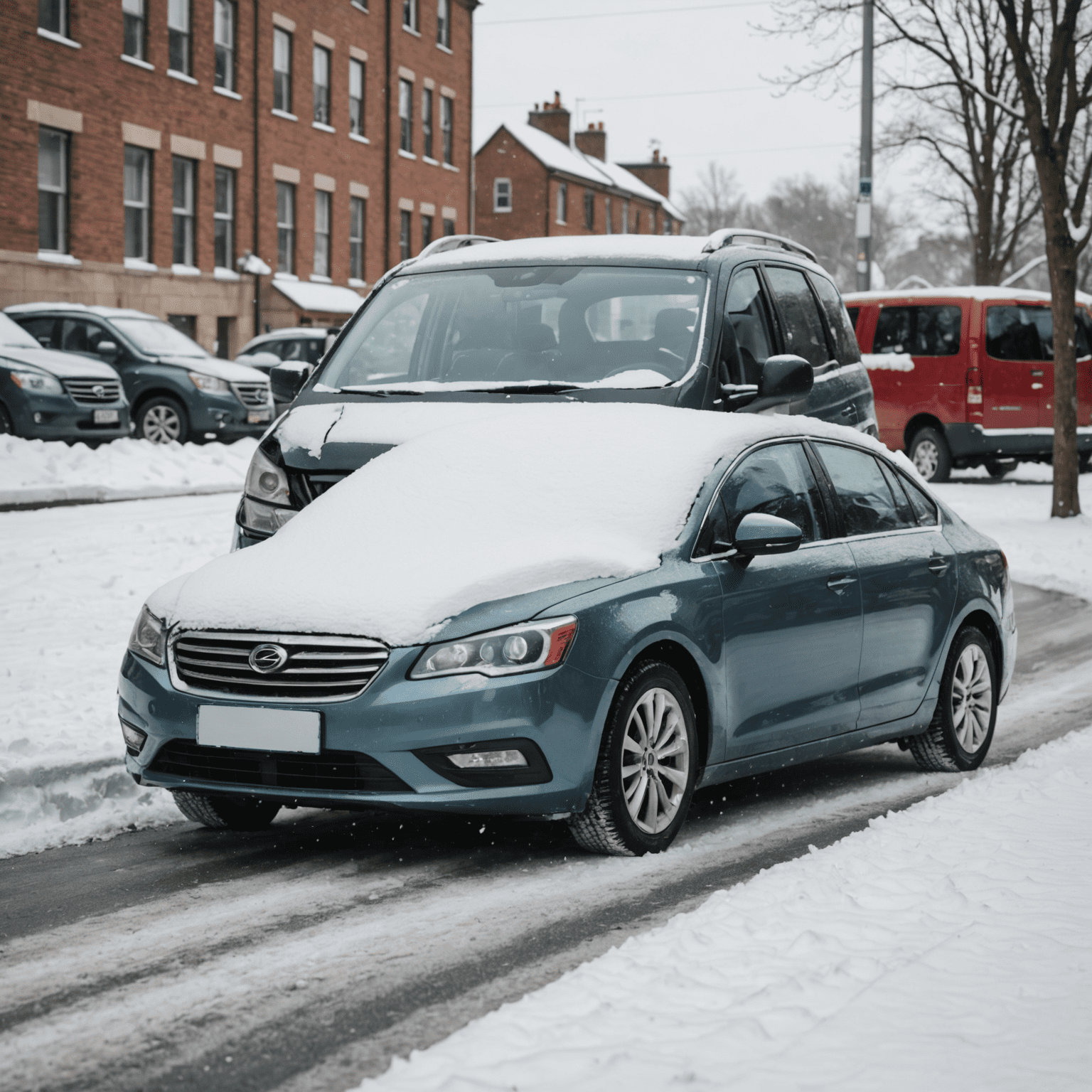Comprehensive vs. Collision: Winter Coverage Explained

As Canadian winters approach, understanding the nuances between comprehensive and collision coverage becomes crucial for vehicle owners. Both types of coverage play vital roles in protecting your car during harsh weather conditions, but they serve different purposes. Let's delve into how each type of coverage safeguards your vehicle during the frosty months.
Comprehensive Coverage: Safeguard Against Winter's Wrath
Comprehensive coverage is your shield against many winter-related incidents that don't involve collisions. This seasonal coverage includes:
- Damage from falling ice or snow
- Tree branches breaking under the weight of snow and damaging your car
- Cracked windshield from extreme temperature changes
- Theft of winter tires or chains
- Damage from winter storms, including hail
Comprehensive coverage ensures that your vehicle is protected against these non-collision winter hazards, providing peace of mind during the unpredictable Canadian winter months.
Collision Coverage: For When Winter Roads Turn Treacherous
Collision coverage steps in when your vehicle collides with another object, which is particularly relevant during icy winter conditions. This weather safeguard covers:
- Accidents due to slippery roads
- Collisions with other vehicles on snow-covered streets
- Sliding into guardrails or other stationary objects
- Damage from hitting snow banks or ice patches
Collision coverage is essential for navigating the challenges of winter driving, where road conditions can quickly turn hazardous.
Why Both Matter for Winter
While comprehensive and collision coverages serve different purposes, both are crucial components of a robust winter auto coverage strategy. Canadian winters can be unpredictable, and having both types of coverage ensures you're protected against a wide range of potential incidents.
Remember, updating your auto coverage for winter isn't just about safeguarding—it's about peace of mind. Whether it's a falling icicle or a slippery intersection, you'll know you're covered with the right combination of comprehensive and collision coverage.
Key Takeaways:
- Comprehensive coverage protects against non-collision winter hazards like falling ice or storm damage.
- Collision coverage is crucial for accidents on icy or snow-covered roads.
- Both types of coverage are important for full safeguard during Canadian winters.
- Review and update your policy before winter to ensure adequate seasonal coverage.